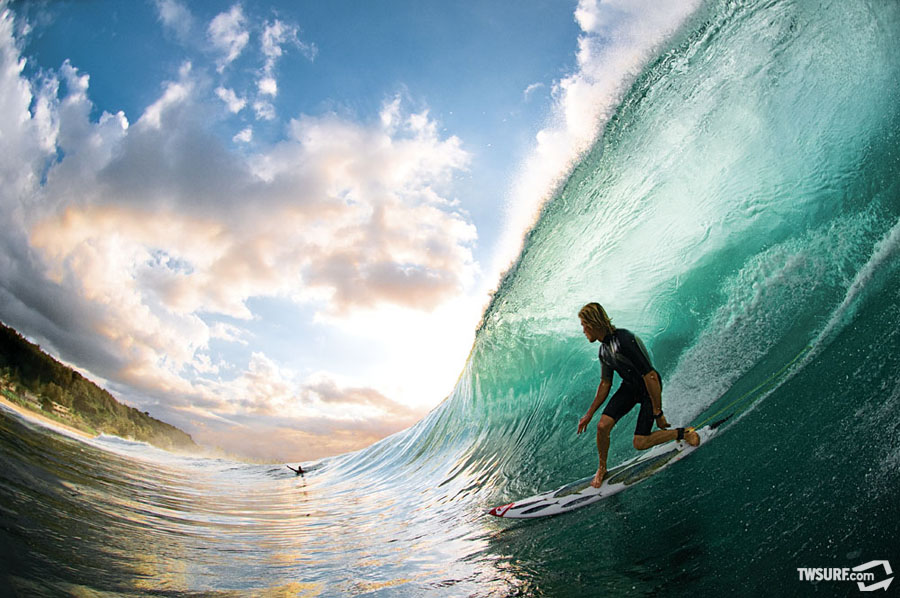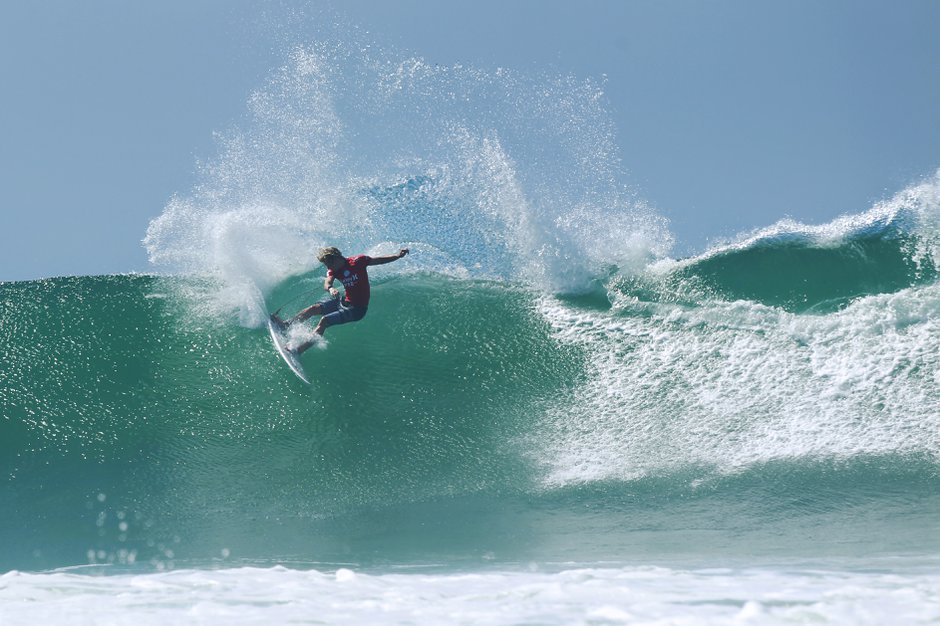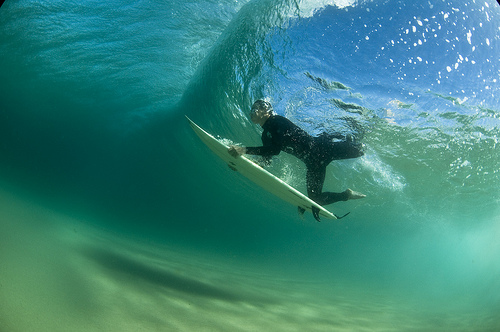This blog post is for you that wants to get more into surfing or for you who already surf to dive deeper in the anatomy and physiology of surfing.
Please remember now and forever that we are all in this together, we share the ocean together. No one owns the ocean or any beach or spot.
But respect the rules because surfing can get dangerous very fast and a drop in of someones wave can cause collision in the head which in some cases lead to deadly injuries or even death.
If you are unsure about the rules that actually are nothing else but common sense in surfing I recommend reading this following article: https://www.surfertoday.com/surfing/the-basic-rules-of-surf-etiquette

Surfing
Surfing is a dynamic and explosive environmental sport where the surfer is using the energy of the waves the oceans produces to ride the waves .
With the right timing and amount of paddling the surfer is able to stand up and surf the waves using a surfboard. Surfing involves multiple tasks, hence requires some specific demands, including flexibility, strength, power and stability from the surfer.
How to surf
Surfing brakes down into three sequences, paddling, take-off and wave riding. Most of the time surfing is spent paddling, the actual wave riding is a very small time of the session and during the rest of the time the surfer can recover while in position waiting for waves.
The paddling part contains two types of work, long term paddling and the explosive short sprint paddling for the take-off. In surfing paddling is the number one skill for catching waves and be able to ride them.
Performing the paddle a surfer lies down with his stomach prone to his surfboard and swings the arms forward, diving the hands and pulling them through the water so it starts flowing beneath the board and so pulling the surfer in a forward direction. The movement is similar to the classical crawl swim, however with the upper body slightly extended to the board little like a banana shape
The take-off is a short explosive sequence where the surfer paddles as fast as possible to gain maximum speed to get positioned in the wave and then push up the upper body and jumps to a standing position on the board to get into the riding sequence. The take-off is a technical part where timing and the speed from the paddling combines.

In the riding sequence the surfer is standing on the board and while riding can perform various manoeuvres here are 5 common ones:
- Pumping where the surfer is simply bending and extending the legs in a fast motion to gain speed in the wave, uses the anaerobic system and may produce a lot of lactic acid after a couple waves.
- Bottom turn where the surfer is turning up back against the wave backside or front side to make a turn back down a full rotation from head to ankles through the whole body is done.
- Cut back where the surfer makes a figure of eight by turning back in the middle of the wave.
- Re-entry where the surfer makes a last turn before the wave breaks to avoid being taken away by the foam of the broken wave.
- Aerials is when the surfer uses the wave as a ramp to get airtime and this requires strength and flexibility in knees and ankles to better absorb the impact from landings.

Paddle like the best
Paddling is very technical you want to get most out of each stroke while not fatiguing the muscles. There is endless of theories on paddling how to do it in the best way and if we look at Legend surfer and 11 times world champion Kelly slater how he is doing it there are 3 main things the champion does that are to keep in mind in comparison to other “non” pro surfers out there.
- He is keeping his head still during the movement not doing unnecessary movements.
- He is keeping his elbows high during the paddle.
- He slightly roll to rest the arm by the rails of the board while the other arm is in the water.

Duck diving
Duck diving is also a specific skill the short board surfer must learn where you while paddling out before and oncoming wave grab the rails of the board, extends your arms, leans the upper body forward and dive the nose your board with a strong determined movement trough the oncoming wave to get through and out to the wave. A back foot or knee can be placed at the tail of the board to stabilize and help the diving.
This skill requires a lot of practice and it can be helpful watch other surfers or videos on how to make it. Believe me the day the days are big out there you want to be 100% certain on your duck dives. It will save you from a lot of stress and a lot time spent under water getting completely smashed. Also hold on to your board because it can be very dangerous if someone behind you get your board on them. A proper set of fiberglass fins can cut skin like butter
Waves
As a surfer you should be well known with the patterns of the sets of waves coming. Timing and positioning in the right spot at the right time in the wave is essential to catch a wave. This is mainly achieved by many hours spent watching and being in the ocean surfing and getting well known with the patterns of waves (sets)

Mental
The mental part is also important for surfers, passion and stokeness will keep you surfer in a good mood and meditation, yoga or mindfullness sessions are be beneficial for the focus of being in the present, and providing the flow which is the main key to have your most epic surf ever and not get irritated by angry surfers or beginners
Recovery
A good night of sleep is of importance for maintaining the body’s hormone balance levels and immune system and the recovery process of muscle tissue. Meditation can influence sleep and the harmony between body and mind. I recommend to include 30 minutes of daily meditation in the morning evening.
Conclusion
Surfing can be a dangerous sport which can lead to several kinds of injuries. Dont go out in bigger waves than you can handle. Show respect to other surfers . If someone paddles for a wave dont even paddle for it !
Wait in the line up there will always come more waves. Keep a good vibe in the water, show respect and you will get respect.
Some people are just not aware of what surfing is and think they own the ocean, dont let these people ruin your surf or become like one of them. They are clearly not happy in their life and most often they are dangerous and unpredictable.
Thank you for reading !
Best regards
Mikael Dabrowski
